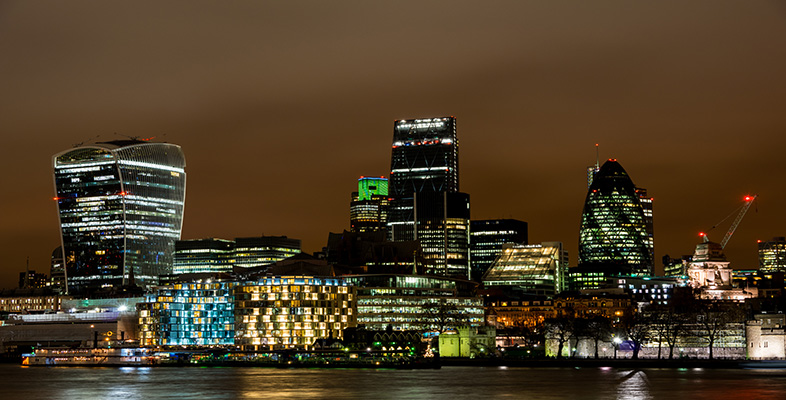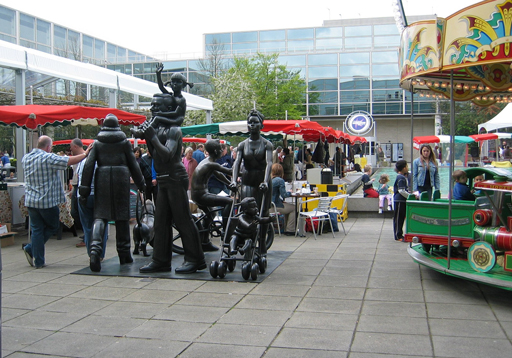Living with others
In contrast to this distinctively pessimistic view of life in the modern city, a counter-tradition of spatial thinking also emphasises the idea of the city as a distinctive social and cultural organism, but does not suppose that this needs to be understood in terms of decline or breakdown. For example, in a tradition of social network analysis developed in analyses both of London and in colonial and post-colonial contexts of southern Africa, the city is understood primarily as ‘a network of networks’. This is how the urban geographer Jenny Robinson summarises this idea:
Individuals in the city participate in varying types of networks of social relations, involving different qualities or intensities of interaction (from very intense and intimate in relation to kinsfolk, for example, to distant and fleeting in relation to people one passes on the street).
In this view, the city is not a scene for a singular experience of either pathological alienation or liberating anonymity, but rather is characterised by various experiences depending on the different social networks one is located in – of kin, family, profession or neighbourhood. Just as fundamentally, in this view, the networks of interaction within a place stretch beyond contexts of face-to-face interaction. The urbanity of modern experience is also in part defined by being entangled in mediated networks of print culture or electronic communication.
This relationship between the intense concentration of communicative resources and experiential stimuli has led some analysts to present the city as the incubator for distinctively cosmopolitan styles of identification. In this view, the city is understood as a space in which people are exposed to diverse cultures and different identities, both up close and through pervasive media representations. Urban spaces are, in this view, the places where resources for identifying with people one does not know well if at all – with strangers, near and far – are concentrated, and opportunities arise for learning to appreciate one’s implication in wider processes of causality and consequence. This aspect of urbanism as a way of life leads on to the second dimension of theories of urban sociality, one which emphasises urban life as the condition of a distinctive style of public life that informs concerted, collective public action.

